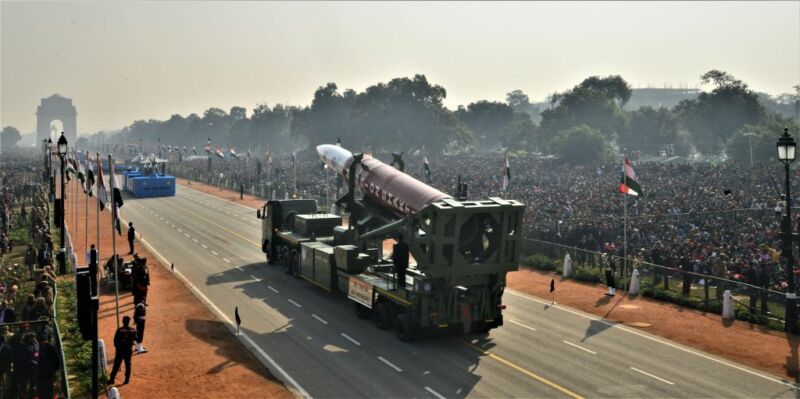This is what “war in space” probably would look like in the near future

Enlarge / Anti-Satellite Weapons from Mission Shakti are displayed during Republic Day Parade on January 26, 2020 in New Delhi, India. (credit: Ramesh Pathania/Mint via Getty Images)
The creation of the US Space Force has conjured up all manner of fanciful notions about combat in space. Will military satellites act like X-wings and Tie Fighters, zipping around and shooting at one another? Or perhaps will larger ships akin to the USS Enterprise fire photon torpedoes at enemy warbirds?
Hardly. But even those with more realistic expectations for what could happen if nations went to war in space—perhaps satellites using orbital kinetic weapons to attack other satellites?—may not fully appreciate the physics of space combat. That's the conclusion of a new report that investigates what is physically and practically possible when it comes to space combat.
Published by The Aerospace Corporation, The Physics of Space War: How Orbital Dynamics Constrain Space-to-Space Engagements lays out several basic concepts that are likely to govern any space combat for the foreseeable future. All of the physical constraints suggest battles will need to be planned far in advance.
Read 10 remaining paragraphs | Comments
https://ift.tt/3lTWLbS
from Ars Technica https://ift.tt/3j225I7

No comments